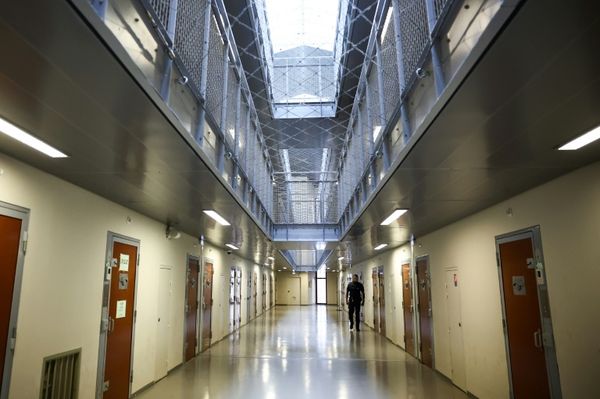
One day after the fatal airline disaster in South Korea, the answer as to what went wrong with Jeju Air 2216 remains elusive.
Even as experts remain puzzled by what caused the crash that killed 179 people, experts say that a bird striking the engine is unlikely to be the sole factor.
The air traffic control tower at Muan reportedly issued a bird strike warning shortly before the incident, with a South Korean transport department official telling media the pilot had told controllers the plane had suffered a bird strike before declaring mayday.
The early theory was that the bird strike led to the failure of the engine that powered the landing gear, which in turn caused the fatal belly landing.
However, Dr Sonya Brown, a senior lecturer in aerospace design at the University of New South Wales, is sceptical.
“A bird strike should be a survivable event … It should not lead to what we eventually saw, particularly because in any situation where one engine is non-functioning (as the footage suggests), there’s still plenty of power,” she says, adding that bird strikes are so common that they are factored into the design of modern planes.
On a Boeing 737 and any commercial airliner there are layers of redundancy, especially for the landing gear, which is hydraulically operated, she says.
“Even if that were to fail, it has redundancy in that it can still extend without the hydraulics system [which is] basically gravity operated, so the landing gear should still be able to extend.”
There are also dual redundancies in place for other flight control systems such as the flaps and slats – the latter of which Brown describes as a bit like a spoiler on a car – that mean these tools, which are dropped ahead of landing to increase drag and slow the aircraft down, should have been able to be activated.
“They’re running off two independent hydraulics systems, and it’s very unlikely that a bird strike would take out those two independent hydraulic systems.
“It does seem like there’s more to this incident,” she says.
Prof Doug Drury, of Central Queensland University, agrees the bird strike alone is unlikely the sole cause.
“A bird strike on one engine would not cause the complete failure of all the systems, you can fly a 737 on one engine,” says Drury, a veteran pilot who has flown commercial, military and private charter during his career.
As investigators begin to examine black box flight data and cockpit voice recordings, it may be some time before there are definitive answers.
For his part, Drury is baffled by the speed at which the plane approached the runway.
“If you were going to do a belly landing you would slow it down to just stall speed,” he says. “But this thing was scooting down the runway with a lot of energy.”
The plane also landed in the opposite direction than the runway usually operates, he says, meaning it may have landed with a tail wind. Planes normally land against such winds to help them slow down.
“Why were they going so fast,” he asks. “There are a lot more questions than answers at this point.”
Elias Visontay is Guardian Australia’s transport and urban affairs reporter







